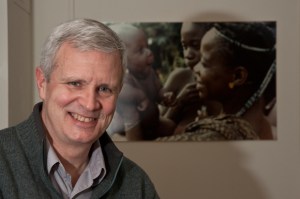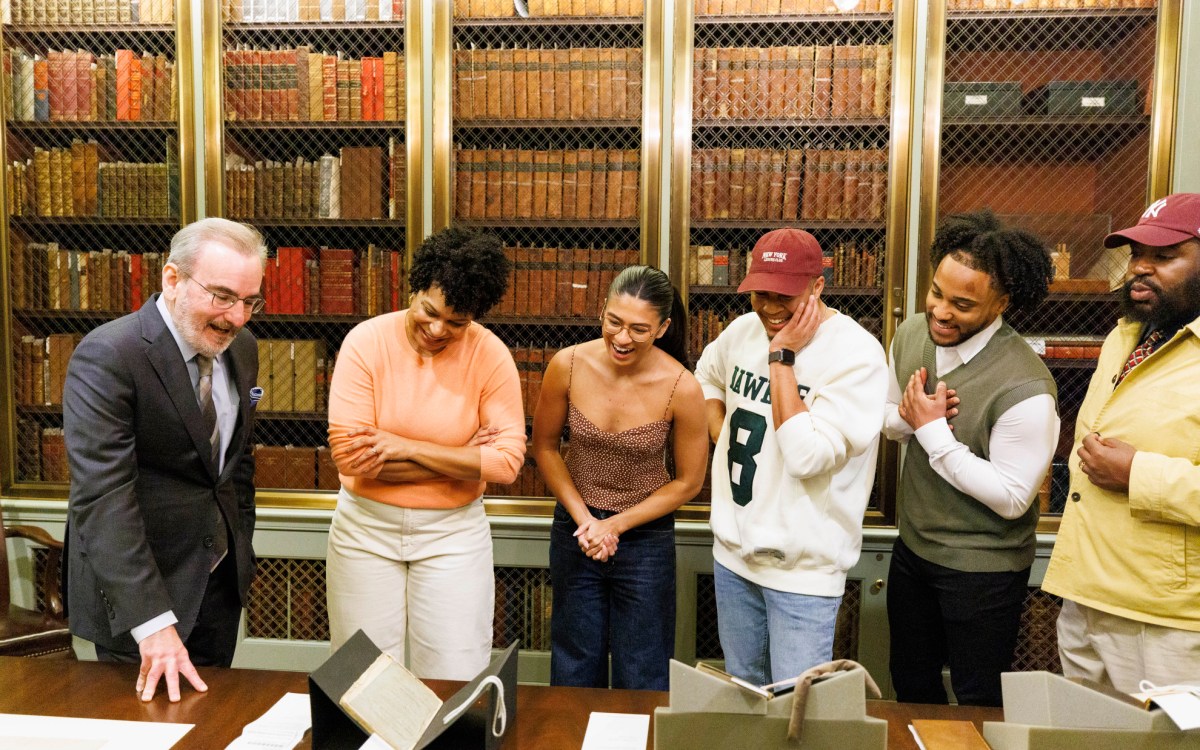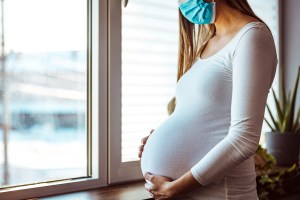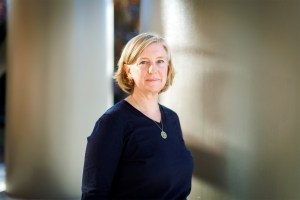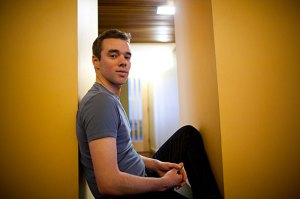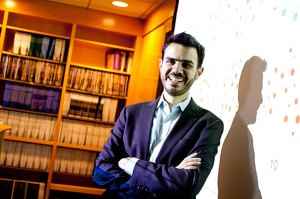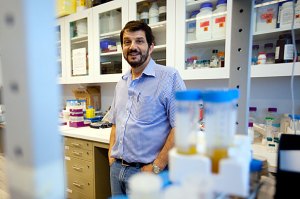Tag: Proceedings of the National Academy of Sciences
-
Science & Tech
Managing just fine
Measurements of stress hormones and self-reports of anxiety show that leaders in stable organizations experience less stress than their subordinates, likely because they have greater control over their office lives.
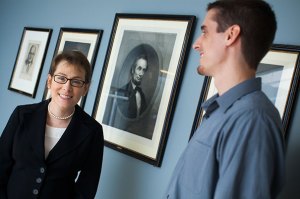
-
Health
Pecking order
Harvard researchers have found that a new investigation of tissues and signaling pathways in finches’ beaks reveals surprising flexibility in the birds’ evolutionary tool kit.

-
Health
Giving slime the slip
A team of Harvard scientists has developed a slick way to prevent the troublesome biofilms from ever forming on a surface.

-
Science & Tech
Straight to the source
As described in an April 23 paper in the Proceedings of the National Academy of Sciences (PNAS), graduate students Eric Morrow and Carling Hay demonstrate the use of a statistical tool called a Kalman smoother to identify “sea level fingerprints” — telltale variations in sea level rise — in a synthetic data set. Using those…

-
Health
Scientists restore basic vision in lab mice
A researcher at Harvard-affiliated Children’s Hospital and Harvard Medical School has regenerated optic nerves in laboratory animals and restored basic vision to the animals.
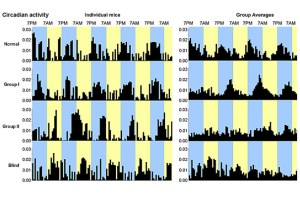
-
Science & Tech
Dangerous heat
New research from the Harvard School of Public Health suggests that seemingly small changes in summer temperature swings may shorten life expectancy for elderly people with chronic medical conditions, and could result in thousands of additional deaths each year.

-
Science & Tech
Buckling under pressure
Inspired by a spherical toy that expands and collapses, researchers at Harvard and MIT have created a new type of engineered capsule, called a “buckliball,” that exploits the phenomenon of buckling. The buckliball is the first morphable structure to incorporate buckling as a desirable engineering design element.

-
Science & Tech
New frontier in archaeology
Jason Ur, the John L. Loeb Associate Professor of the Social Sciences, worked with Bjoern Menze of MIT to develop a system that identified ancient settlements based on a series of factors — including soil discolorations and the distinctive mounding that results from the collapse of mud-brick settlements.
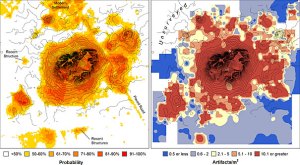
-
Science & Tech
Soft-bots
Harvard Professor George Whitesides and his research team have developed an array of “soft” robots based on natural forms, including squids and starfish, that may one day be used to aid disaster recovery efforts by squeezing into the rubble left by an earthquake to locate survivors, or as a way to free up a surgeon’s…
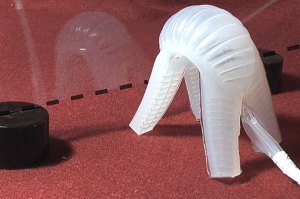
-
Science & Tech
Where wild food matters
A postdoctoral fellow at Harvard’s Center for the Environment, Christopher Golden, is the lead author of a paper. It says that in societies where people rely on bush meat for important micronutrients, people’s lost access to wildlife could hurt children’s health
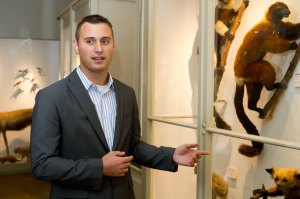
-
Health
Why cooking counts
In a first-of-its-kind study, Harvard researchers have shown that cooked meat provides more energy than raw meat, a finding that challenges the current food labeling system and suggests humans are evolutionarily adapted to take advantage of the benefits of cooking.
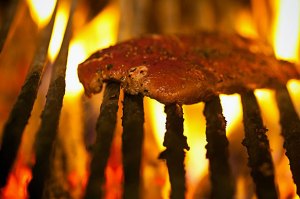
-
Health
The efficient caveman cook
Harvard researchers say the rise of cooking likely occurred more than 1.9 million years ago and bestowed on human ancestors a gift of time in the form of hours each day not spent eating.
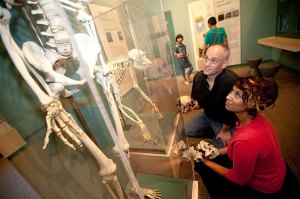
-
Health
New approach to traumatic brain injuries
Bioengineers at Harvard have, for the first time, explained how the blast of an exploding bomb can translate into subtly disastrous injuries in the nerve cells and blood vessels of the brain.
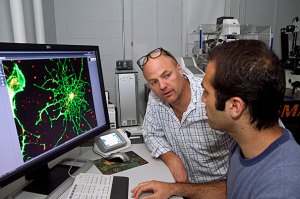
-
Health
Clues on how flowering plants spread
Researchers at Harvard’s Arnold Arboretum have highlighted female competition among plants, saying it is a new factor that could have driven the mystifying diversity of flowering plants.
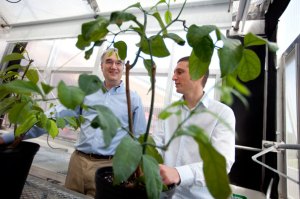
-
Science & Tech
How the lily blooms
SEAS research has revealed that differential growth and ruffling at the edges of each petal — not in the midrib, as commonly suggested — provide the force behind the lily’s bloom. The work contradicts earlier theories regarding the growth within the flower bud.
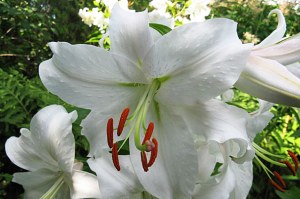
-
Science & Tech
Slimy secrets
Harvard researchers have discovered that Bacillus subtilis biofilm colonies exhibit an unmatched ability to repel a wide range of liquids — and even vapors. The finding holds promise for developing better ways to eliminate harmful biofilms that can clog pipes, contaminate food production and water supply systems, and lead to infections.
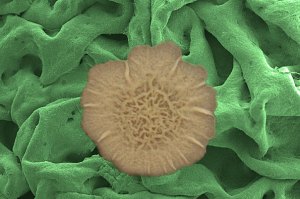
-
Science & Tech
Squeezing life into patients
Engineers at Duke and Harvard universities have developed a “magnetic sponge” that after implantation into a patient can “squeeze” out drugs, cells, or other agents when passed over by a magnet.
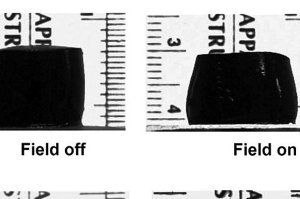
-
Health
Teeth marks
A sophisticated examination of teeth from 11 Neanderthal and early human fossils suggests that modern humans’ slow development and long childhood are recent and unique to our own species, and may have given early humans an evolutionary advantage over Neanderthals.

-
Health
It all adds up
New mathematical modeling by scientists from Harvard and other institutions reinforces the view of cancer as a complex culmination of many mutations.

-
Health
More from spores: How they spread
Researchers discover how fungi developed an aerodynamic way to reduce drag on their spores so as to spread them as high and as far as possible.
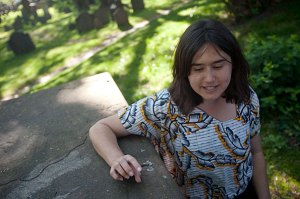
-
Health
I’ll get mine, Jack
A new paper suggests that the mutually beneficial relationships that species create are maintained mostly because of simple self-interest.
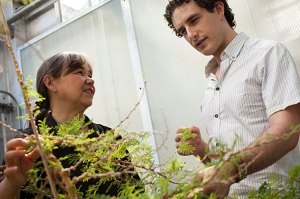
-
Health
Evolution and ailments
The pressures of human evolution could explain the apparent rise of disorders such as autoimmune diseases and autism, researchers say. Some adaptations may even help such ailments persist.
